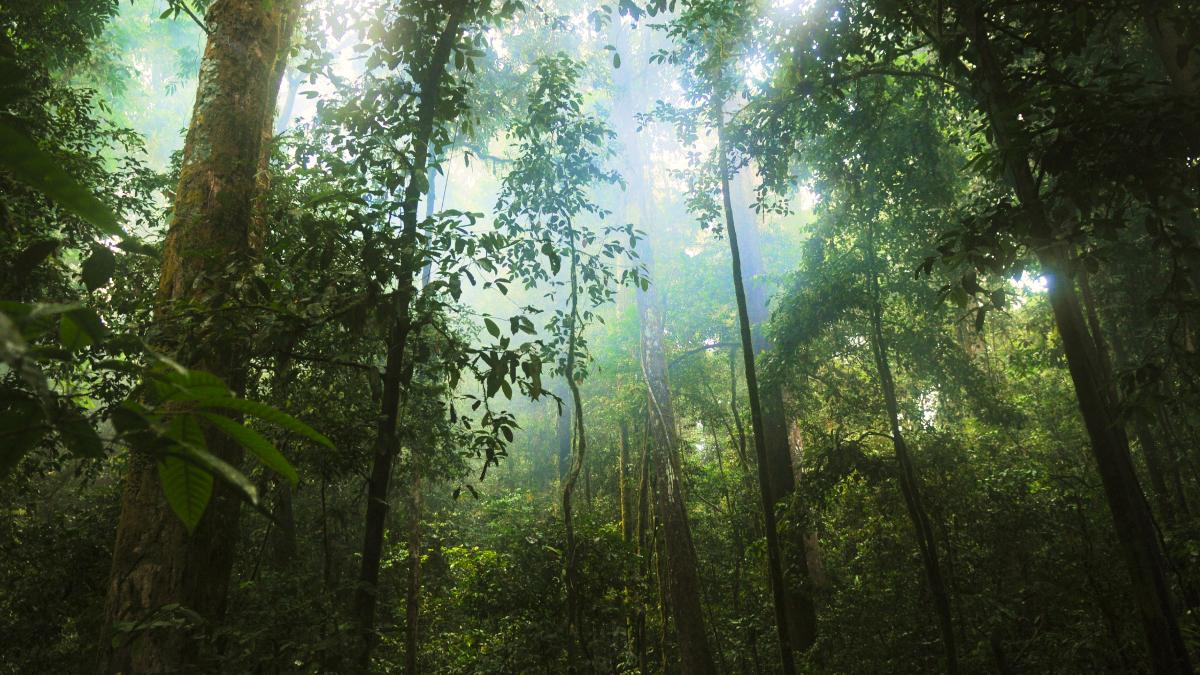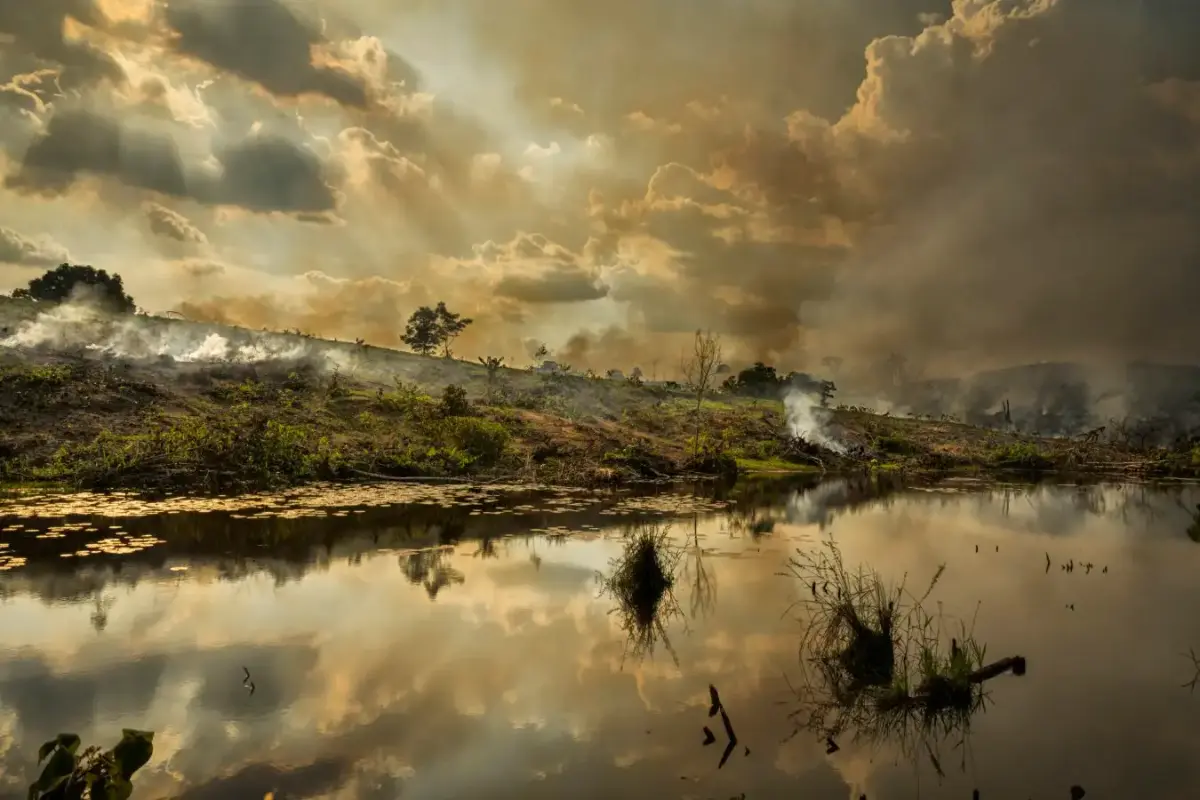The Alarming New Finding
A landmark 2025 analysis delivers a stark message: 60% of Earth’s land area now lies beyond locally defined safe ecological limits, and 38% of land is already in a high‑risk state for destabilization.
In practical terms, vast portions of the biosphere are losing their capacity to self‑regulate climate, water, and nutrient cycles, functions that underpin food security, clean water, and societal stability. The research reconstructs changes since 1600 and shows an inflection in the late 19th and early 20th centuries, with industrial agriculture, land conversion, and, increasingly, climate change driving today’s widespread overshoot.
What Are Ecological Limits and Why They Matter
Ecological (or planetary) boundaries define a “safe operating space” for humanity by setting thresholds in Earth’s life‑support systems, beyond which risks escalate sharply. The boundary in focus here is functional biosphere integrity: the ability of the living world especially plants through photosynthesis to regulate the flows of carbon, water, and nutrients that maintain ecosystem resilience.
When functional integrity weakens, landscapes store less carbon, recycle less moisture, and support fewer species, pushing regions closer to ecological tipping points.

How the Overshoot Was Mapped
Researchers combined two complementary signals across the globe at high resolution over more than four centuries:
- How much human activity appropriates nature’s biological productivity (via crops, residues, timber, land sealing, and other uses).
- Where structural shifts in vegetation and in carbon, water, and nitrogen balances indicate rising destabilization risk.
Each area was then classified relative to locally derived tolerance limits as within the safe space, in a zone of increasing risk, or already in high risk. Today’s picture: a world where most land is outside the safe zone and a large share already in danger of systemic ecological failure.
How We Got Here
- A long arc of land conversion: Forests, grasslands, and wetlands have been cleared or fragmented for cropland, pasture, and urban growth since the 19th century, with an acceleration through the 20th century.
- Intensification and extraction: Modern inputs, monocultures, and rising biomass demand for food, feed, fiber, and energy have diverted photosynthetic energy away from nature’s regulatory functions.
- Climate pressure: Even regions with limited direct land use such as high mountains and the Arctic are sliding toward higher risk due to warming, altered precipitation, thawing permafrost, and shifting ecosystems.
Where Overshoot Is Most Pronounced
- Regions with extensive historical conversion large parts of Europe, Asia, and North America show the strongest transgression of safe limits.
- Remote or lower‑use areas are not immune; climate stress is raising risks even where land‑use intensity is modest.
Why This Is Different and More Dangerous
This crisis is about function as much as it is about form. It’s not just the amount of nature left, but whether remaining ecosystems still perform the planetary work of regulating climate and water. As functional integrity erodes:
- Local collapses become more likely, with cascading impacts on food systems and water security.
- Biodiversity loss accelerates, weakening nature’s adaptive capacity.
- Natural carbon sinks diminish, making climate stabilization harder and costlier.
The scientific community has repeatedly indicated that keeping roughly half or more of land in largely intact states is critical to stabilize climate, conserve biodiversity, and safeguard water cycles; falling below that range pushes humanity into a danger zone for systemic instability.

What Needs to Happen Now
- Protect intact ecosystems: Halt further conversion, especially in high‑risk, high‑biodiversity regions where safeguarding function has the greatest payoffs.
- Restore at scale: Rebuild semi‑natural habitats across working landscapes to recover local water, carbon, and nutrient regulation prioritizing areas flagged as high risk.
- Transform agriculture: Shift to regenerative practices that restore soils, reduce nutrient losses, improve water efficiency, and cut disturbance while maintaining yields.
- Rebalance biomass demand: Reduce food loss and waste, diversify protein sources, and carefully scrutinize bioenergy pathways that compete with ecosystem function.
- Integrate policy: Treat biosphere protection and climate action as one agenda align land, water, and climate strategies using spatial risk maps to target interventions and track recovery.
A Narrowing Window But Clear Opportunities
The takeaway is not inevitability but urgency. The map of biosphere overshoot offers a blueprint to act where interventions will be most effective. Protect what remains, restore what’s degraded, and reform how land is used. Doing so is essential to stabilize climate, safeguard biodiversity, and secure food and water systems. The choice is clear: rebuild the biosphere’s functional integrity now, or accept escalating risks that will constrain prosperity and resilience for generations.


Discussion
Start the conversation
No comments yet
Be the first to share your thoughts on this article. Your insights could spark an interesting discussion!